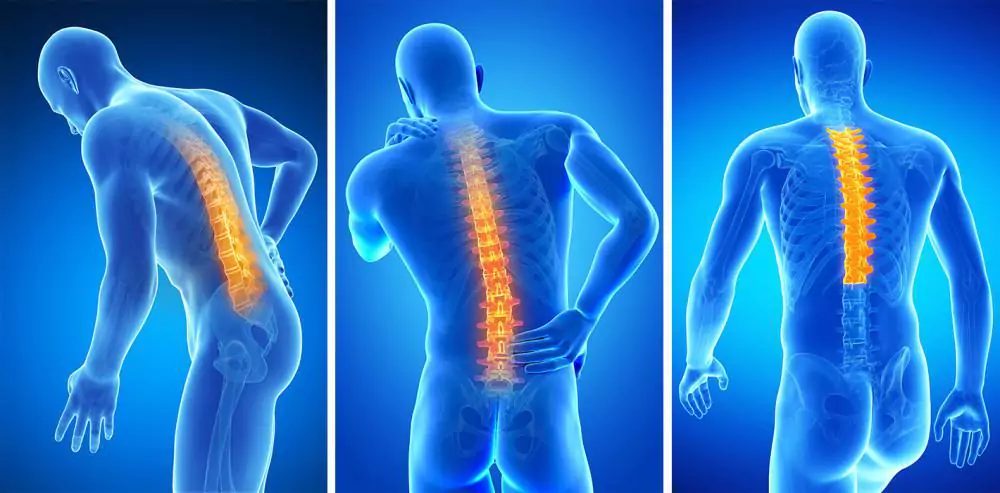Sciatica Specialist

Sciatica goes away on its own for some patients, while others develop chronic, radiating leg pain that’s debilitating and doesn’t respond to conventional medical care. When you need effective pain relief, Todd Koppel, MD, at Garden State Pain Management can help with minimally invasive interventional procedures that relieve your pain by targeting the source of the problem. To learn about your treatment options for sciatica, call the office in Clifton, New Jersey, or book an appointment online.
What is sciatica?
Sciatica refers to the symptoms that occur when the sciatic nerve is pinched at the spine. The sciatic nerve leaves each side of your lower spine and travels down through the buttocks and each leg. As it goes down your legs, it branches out to serve different areas of the leg and feet. When you have sciatica, you can feel pain anywhere along the length of the nerve.
What symptoms develop due to sciatica?
Sciatica’s primary symptom is pain that radiates from your lower back through your buttock and down a leg. Although the pain’s intensity can vary, sciatica is known for severe, electric-like pain that’s often worse when you sit, bend, lift, twist, or cough. You may also develop tingling, numbness, and muscle weakness in the affected leg
Need Treatment in New Jersey?
Dr. Koppel has excellent outcomes in treating pain with intervention therapy.
For free consultations for Regenerative therapies visit...
What causes sciatica?
The sciatic nerve can become irritated or compressed by several underlying conditions, including:
- Herniated disc (the most common cause of sciatica)
- Degenerative disc disease
- Spinal stenosis (spinal canal narrows)
- Bone spurs
- Spondylolisthesis (slipped disc)
Your risk for sciatica increases as you get older due to age-related degeneration. Other risk factors include obesity, prolonged sitting, and a job that requires carry heavy loads or twisting your back.
What interventional pain techniques treat sciatica?
When the sciatic nerve is pinched, nerve impulses deliver pain messages to your brain. Interventional pain treatments are exceptionally effective because they block those nerve impulses.
For example, epidural steroid injections typically contain an anesthetic along with the steroids. When the anesthetic is injected directly at the nerve, it blocks the signals, your brain doesn’t get the message, and you don’t feel the pain. Meanwhile, the steroid reduces inflammation, which provides relief that lasts longer than the anesthetic.
Dr. Koppel may recommend other interventional treatments that target the underlying cause of your sciatica. When the sciatic nerve is compressed due to a herniated disc, he may recommend a procedure to treat the damaged disc, such as:
- Percutaneous disc nucleoplasty: radiofrequency energy is used to dissolve the herniated portion
- Intradiscal electrothermal therapy (IDET): heat is used to shrink and repair the disc wall
- Dekompressor discectomy: a probe with a rotating tip removes the herniated portion
When your sciatica pain persists despite conservative management such as NSAIDs and physical therapy, it’s time to consider minimally invasive interventional options.

